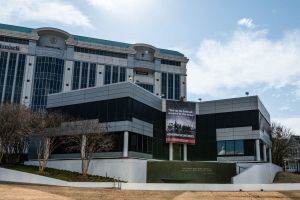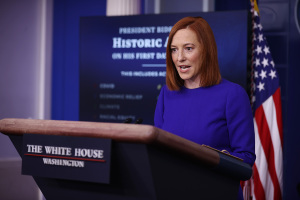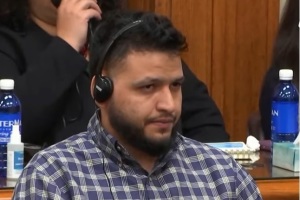Christians in Iraq Struggle to find Normalcy Despite ISIS Defeat; Most Families Unlikely to Come Back
Areas in northern Iraq that have been cleared of the presence of Islamic State (ISIS) fighters have slowly come back to life as predominantly Muslim towns began to rebuild. People are trying to restore normalcy in their communities even as gunfire and explosions continue to erupt from afar.
But in Christian-majority places led by Qaraqosh, locals have been coming back in trickles even if other Muslim-majority towns suffered worse destruction. For Shema who now lives at a refugee camp in Erbil, Iraq's future is filled with uncertainty. Even if ISIS is gone, he believes another group will emerge that will oppress minorities as well.
When ISIS overran Qaraqosh in 2014, it made sure the place would be uninhabitable, being the largest predominantly Christian city in Iraq. During their two-year occupation, militants tried to erase all symbols of Christianity by smashing religious icons of the church and defacing its paintings.
The terrorists also burned homes and left booby traps to kill those who would attempt to come back. "It's not just in Qaraqosh," said Yousif Yaqoub, president of the Assyrian Christian political party Beth Nahrin National Union. "In the other Christian towns too, they tried to destroy every single house," Yaqoub added.
Qaraqosh was one of the oldest Christian communities in the world. The Nineveh plains and northern Iraq were even mentioned in the Bible. Before the U.S. toppled Saddam Hussein in 2003, there were 1.5 million Christians in the country. Their numbers have dwindled to half a million.
During the rampage of ISIS, trapped Christians were held captive for 10 months and were forced to convert to Islam. More than 200 of them were released after the Church paid $3.5 million in ransom, mostly raised from donations. From 50,000 residents in Qaraqosh, there are now 180 families only, who are mostly Muslims.




























